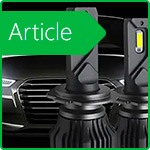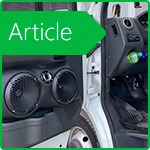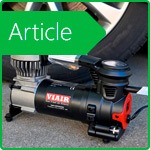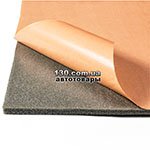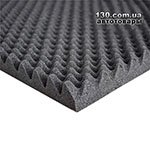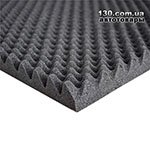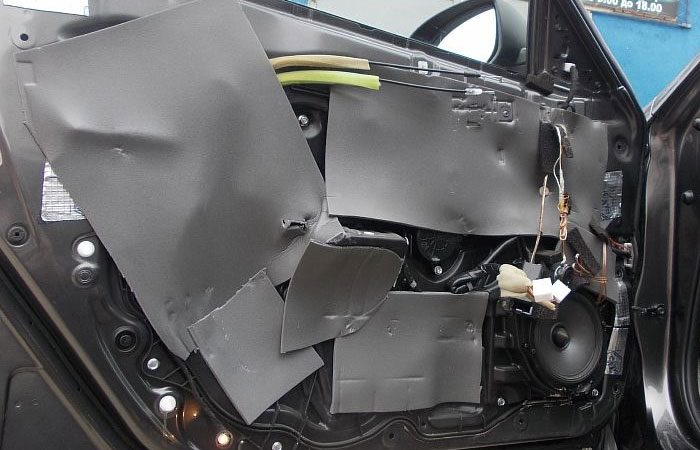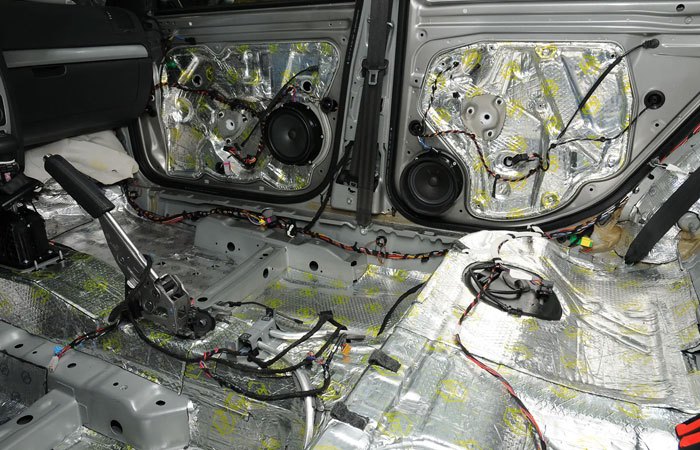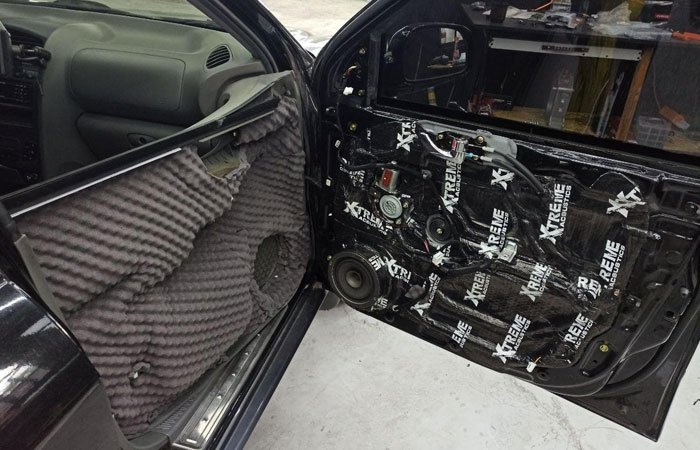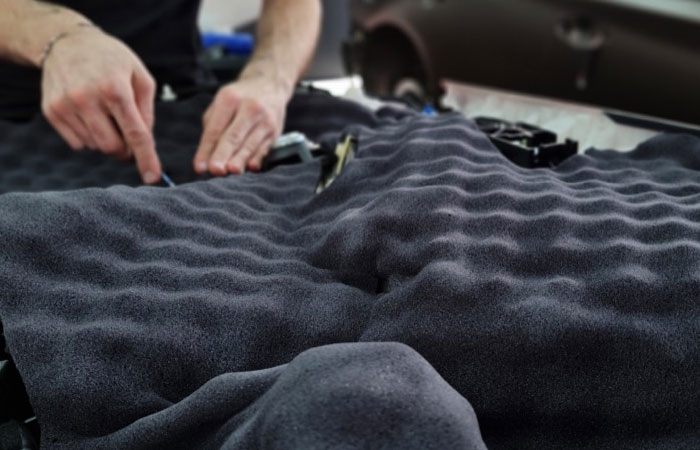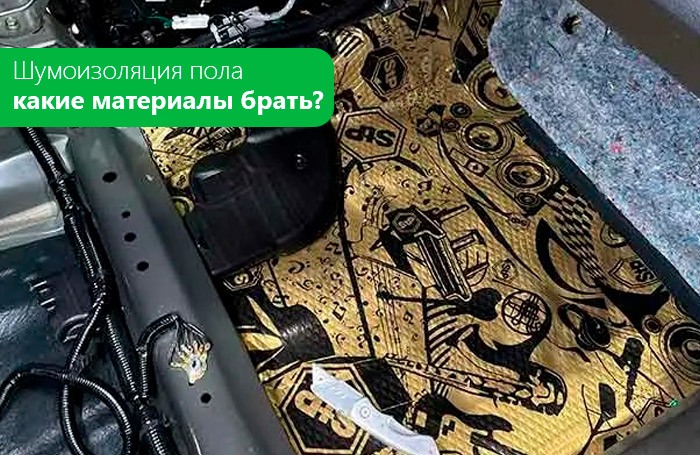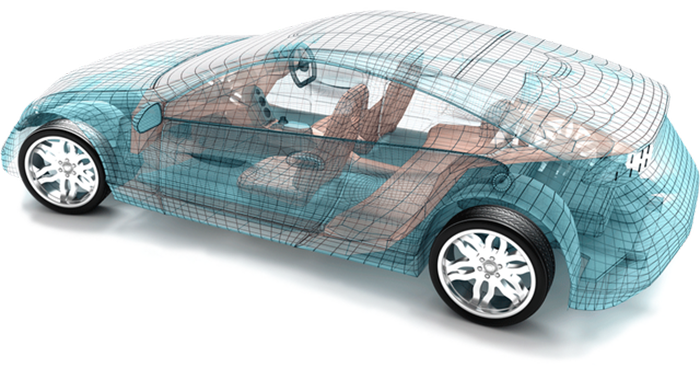Which Parts of the Car Should Be Soundproofed First?
Car soundproofing doesn't have to be a full-scale "turnkey" project costing tens of thousands of hryvnias. Often, the greatest impact is achieved with a targeted approach: by correctly identifying the problem areas and treating them in the right order, it's possible to significantly reduce noise without unnecessary expense. This article explains which body areas to start soundproofing to get the best results.
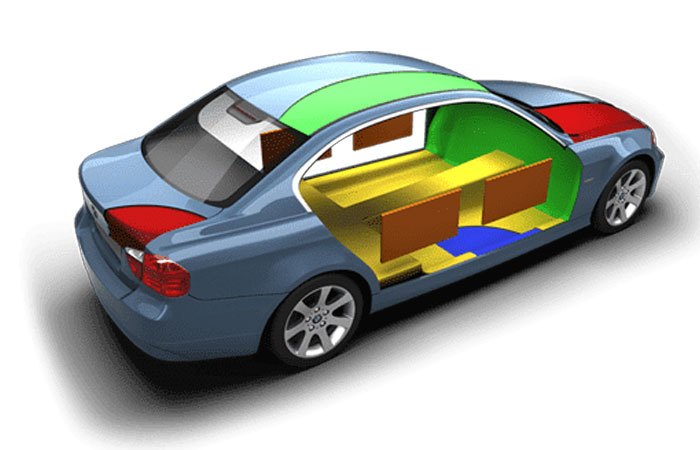
1. Wheel Arches: The Main Source of Road Noise
Wheel arches are the area through which the most aggressive noise enters the cabin: impacts from stones, sand, gravel, and tire noise on asphalt, especially during rain or on gravel roads. It's important to insulate the arches both from the inside (cabin side) and outside (under the plastic liners) using moisture-resistant and dense materials.
2. Cabin Floor: Combatting Suspension and Transmission Noise
The next priority is the floor beneath the driver and passengers. This area transmits vibrations from the transmission, suspension, and road surface irregularities. Floor vibration and sound insulation is especially important for vehicles with thin metal and in winter conditions when overall noise levels rise.
3. Doors: Acoustics and Wind Noise Protection
Doors are not only one of the easiest zones to insulate but also one of the most effective. Rattling is eliminated, door panels become stiffer, and speakers sound clearer. Wind noise at high speeds is also reduced.
4. Trunk: Rear-End Resonance and Drone
In hatchbacks, wagons, and crossovers, the trunk area is open to the cabin. As a result, noise from the rear suspension, tires, and body vibrations reaches passengers directly. Even basic vibration damping of the floor and walls of the trunk yields a noticeable improvement.
5. Roof: Echo and Rain Protection
The roof amplifies the "echo chamber" effect inside the car, especially when driving on highways or in the rain. Applying foam soundproofing materials to the roof helps absorb sound waves from above, making the interior less echoey. Lightweight materials are especially important here to avoid overloading the structure.
6. Hood: Engine Noise and Thermal Insulation
Hood insulation doesn't affect external noise but significantly reduces engine noise in the cabin, especially in diesel vehicles. It also helps protect the paint from heat damage. Heat-resistant sound absorbers with foil surfaces are typically used here.
Optimal Soundproofing Sequence
If soundproofing is done in stages, it’s best to follow this order:
- Wheel arches (external and internal treatment);
- Cabin floor and transmission tunnel;
- Doors (all four);
- Trunk area;
- Roof (if necessary);
- Hood (optional).
This sequence helps evenly distribute the budget and labor, starting with the noisiest and most accessible areas. It’s crucial to follow the correct process: vibration insulation first, then sound insulation, and in some zones — also thermal/moisture protection.
Conclusion: Less Is More — If Done Right
Even partial soundproofing of key areas can reduce noise levels by 3–6 dB, which already significantly improves comfort. Start with the areas where noise is most noticeable — and then decide whether to proceed further based on the results.
At 130.com.ua, you'll find proven materials for every zone — from wheel arches and doors to the trunk and roof. Everything can be selected individually based on your car and budget.










